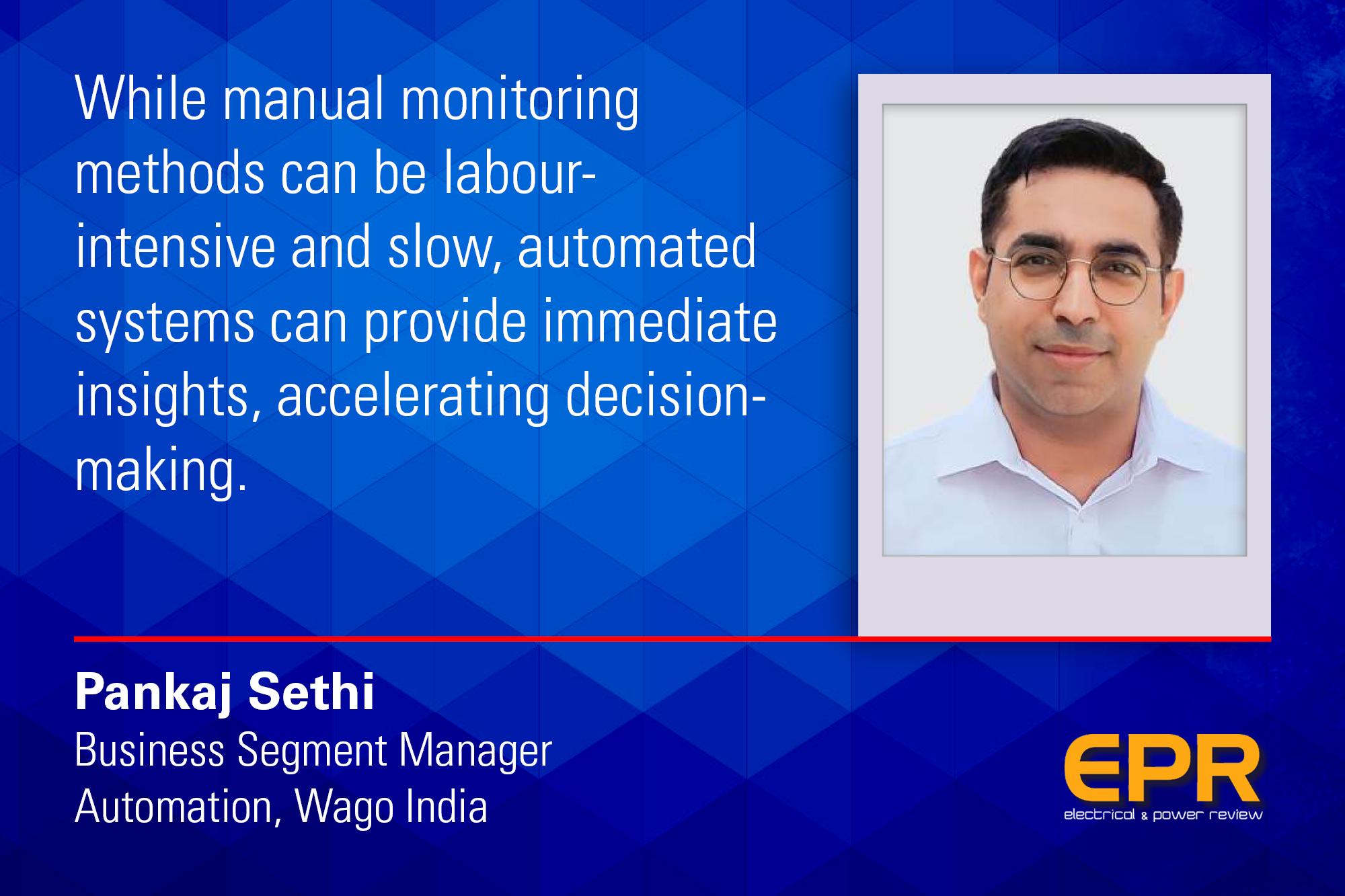Automation and smart technologies enhancing energy efficiency
By Staff Report September 25, 2024 6:50 pm IST
By Staff Report September 25, 2024 6:50 pm IST

The energy expert Pankaj Sethi explains energy efficiency considering the role of automation. He likens the energy network to a water container, where water represents electricity.
Just as leaks in the container prevent water from being fully utilised, losses in the energy sector hinder the effective delivery of electricity to consumers. These losses stem from various sources, including grid faults, power theft, and energy wastage. The result is a system where the energy fed into the grid is not fully accessible to consumers, leading to higher costs and lower overall efficiency. Let us delve into the current scenario with Pankaj.
Measuring efficiency
Efficiency can be defined as the relationship between output and input. In the energy context, this means examining the costs of generating electricity from different sources. Fossil fuels, while traditionally dominant, are becoming increasingly expensive and environmentally damaging. In contrast, renewable energy sources are often more cost-effective and sustainable. However, to maximise efficiency, minimising losses across the entire network is essential.
Automation advantage
Automation plays a pivotal role in tackling the challenges that occur due to loss. It allows for real-time monitoring of the energy network, identifying faults, leakages, and instances of energy theft. By collecting and analysing data on energy losses, stakeholders can make informed decisions and implement corrective actions—this ongoing process is known as the energy efficiency enhancement cycle. While manual monitoring methods can be labour-intensive and slow, automated systems can provide immediate insights, accelerating decision-making. In energy automation, the focus shifts from simply generating power to understanding and optimising its distribution and consumption. The energy landscape is rapidly changing, shifting towards decentralised energy resources (DERs). Small-scale solar plants, wind farms, and biomass units are increasingly integrated into local distribution networks. This transformation helps reduce the losses associated with transporting energy over long distances. However, distribution losses remain a significant challenge, particularly in rural areas, where inefficiencies can reach alarming levels.
Government initiativesThe Indian government has launched numerous initiatives across all energy sectors to foster efficiency. Plans include increasing renewable energy capacity to 500 gigawatts by 2030 and promoting smart grid technologies. The Green Energy Corridor project aims to integrate renewable sources with the national grid. At the same time, the Unified Real-time Dynamic State Measurements (URTDSM) scheme addresses grid stability amid the growing reliance on intermittent renewable energy. These initiatives reflect a concerted effort to reduce losses and enhance overall efficiency.
IoT and cloud computing automation
The role of IoT and cloud computing automation is further enhanced through the integration of Internet of Things (IoT) technologies and cloud computing. Smart sensors and advanced data collection systems enable real-time monitoring of the vast energy infrastructure. For instance, in urban areas with complex underground and overhead networks, data can be wirelessly transmitted to central systems, allowing for rapid fault detection and response. Cloud solutions simplify data management, enabling asset geolocation and facilitating immediate notifications when issues arise. This allows for swift corrective actions, minimising downtime and optimising resource management.
Comprehensive solutions by Wago, a diverse range of automation solutions, are designed to enhance efficiency throughout the energy value chain. From renewable energy monitoring systems to advanced building automation solutions that optimise HVAC and lighting, Wago’s offerings are tailored to meet the unique challenges of energy management. These technologies support efficient energy production and contribute to sustainable practices in various sectors.
Thus, automation holds the key to unlocking enhanced energy efficiency within our networks. As highlighted, the shift towards smart, automated systems is beneficial and necessary for a sustainable energy future. By embracing these advancements, we can reduce losses, lower costs, and create a more resilient energy landscape for future generations.
We use cookies to personalize your experience. By continuing to visit this website you agree to our Terms & Conditions, Privacy Policy and Cookie Policy.